Had the Fiat Croma sported those slender wheelarch extensions that frequently signal a crossover, plus maybe a more masculine-looking cross-hatch grille, raised ride height and the gratuitous application of the word ‘cross’ somewhere in its name, it might never have become a Great Motoring Disaster.
To complete the effect, it could also have come with a rarely-ordered four-wheel-drive option, bigger alloy wheels, extra plastic cladding and, perhaps, a pointless but symbolic compass in the dashboard. Then it could have been an urban crossover, Nissan Qashqai-style, advertised scudding across the city’s mean streets to shrug off all-comers. It might, just, have sold better as a machine for family adventures (mostly dreamed of in the owner’s head) rather than the shocking-as-magnolia machine that it actually was.
You will likely not remember this car at all. Or if you do recall a Croma, it will be the near-extinct hatchback sold here from the mid-1980s (pictured in black-and-white below). That big Fiat was a close relative of the Saab 9000, Lancia Thema and Alfa Romeo 164, an executive quartet co-developed in a bid to give their makers half a chance of making some money from a segment that was increasingly the territory of a well-known trio of premium brands from Germany.
Shake and flex
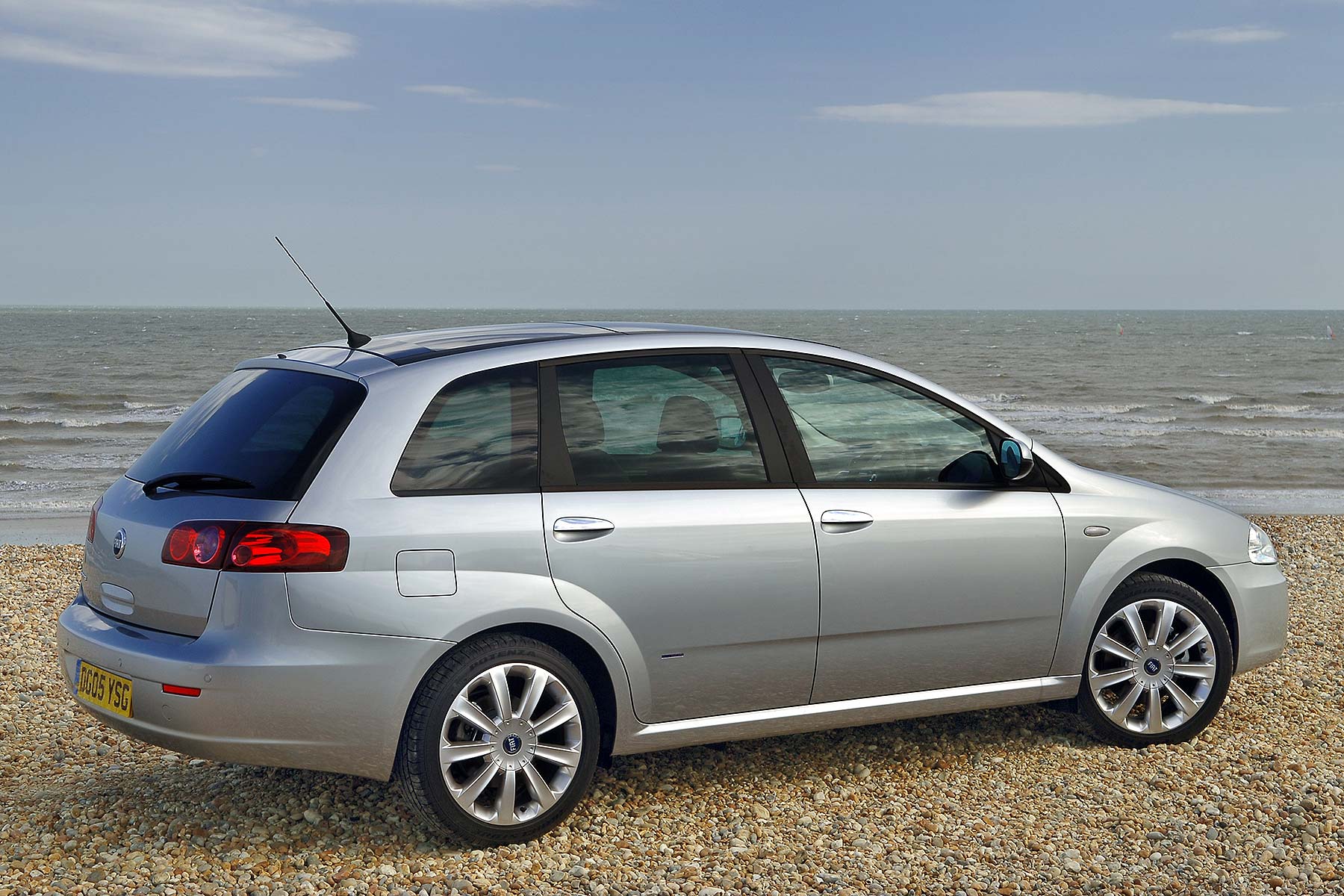
The so-called Tipo Quattro project kicked off in 1978, although it would take a lengthy and doubtless argument-filled six-to-nine years for all four models to finally appear. First to go on sale was the Saab in May 1984, followed by the Lancia five months later. The Fiat was launched in 1985 and the Alfa in 1987, almost a decade after Fiat Auto and Saab had signed the deal.
The big Fiat was not pitched quite as ambitiously as the other three, its hatchback underlining the functionality its a neatly nondescript Giorgetto Giugiaro styling and a blackly busy dashboard. Still, its 2.0-litre twin-cam engine provided plenty of rorty go – albeit rather less than you were hearing – and the Fiat’s eager handling was the pay-off for a ride as soothing as a pneumatic drill thumping beyond your bedroom window.
The Croma’s structurally-challenged body also produced an orchestra of twitters, creaks and squeaks that had you wondering if poltergeists had come along for the ride. Still, you could grab a moment of calm by stopping to slam its big hatchback shut; the body-flex occasionally prompted the tailgate to pop its lock on B-roads.
Take a Comfort break
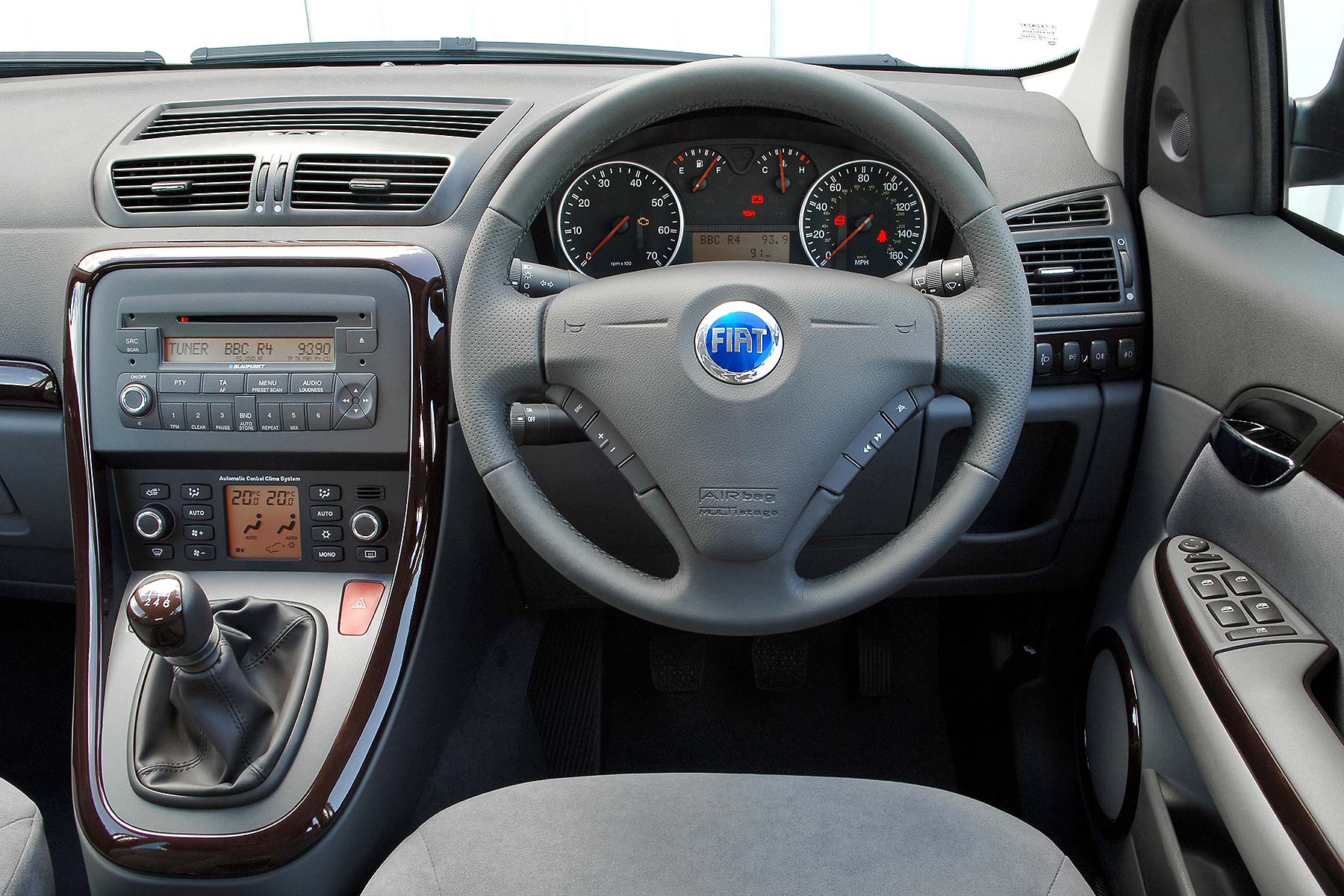
Ordering the range-topping Croma i.e. Turbo allowed you to experience the torque-steer of its classier Type 4 stablemates for less cash, against a backing track of enthusiastically chafing cabin plastics. But it was undeniably quick – and well-equipped, too.
And rare. This ultimate version of the Croma found few takers. The less ambitious models did better and, while never a big seller in Britain, Fiat nevertheless shifted 438,000 units during the car’s 11-year career, most of them in Italy. The Croma also achieved a first with the production debut of a direct-injection diesel engine in a passenger car, although this is little reason to remember it.
And so to the Comfort Wagon, which sounds like a euphemism for a portable toilet. But that was Fiat’s description of the new Croma, this version a mix of MPV and estate. This second-generation Croma arrived after a long nine-year pause, debuting in 2005.
Inspired by Honda
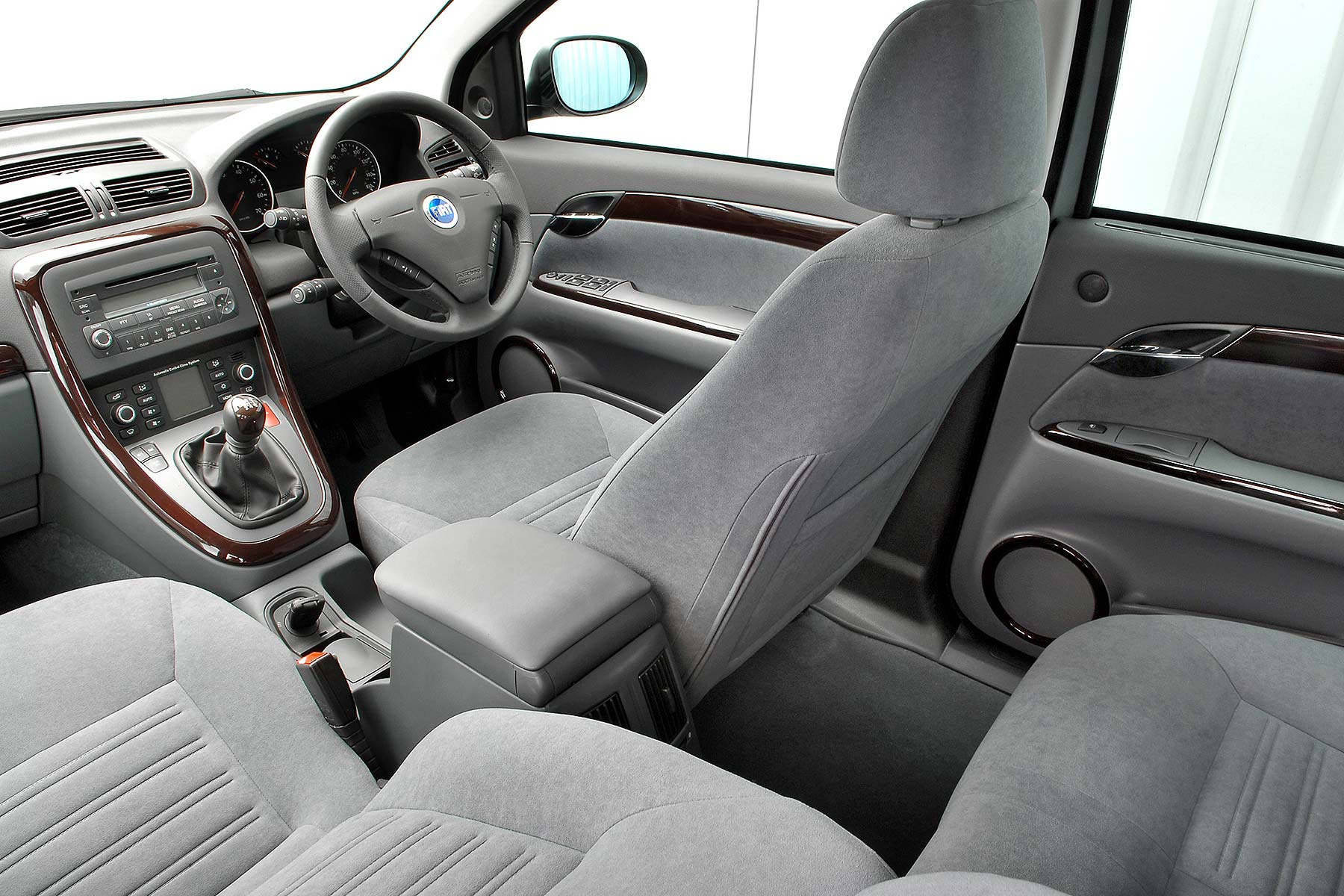
Like the previous model, it was fairly big, front-wheel drive and had a hatchback. It also shared its platform with other cars, in this case the Vauxhall Vectra and Saab 9-3, an extended version of their GM Epsilon platform yielding both the Croma and the Vauxhall Signum, this oddball another smash-hit success (sarcasm alert – Ed).
The Croma’s Ecotec petrol engines were also provided by General Motors Europe, Fiat financially tied to the US giant at the time. In product terms, this collaboration produced a few benefits to both, though none as fat as the multi-million euro fee that Fiat boss Sergio Marchionne extracted from GM to allow them a divorce.
But for Fiat, there was no escaping the bad dream that was the Croma. Like the previous model it was styled by Giugiaro, and like the previous model it made you wonder where the great man’s talent had gone.
He would have a had a design brief to grapple with of course, and that was to produce something similar to the Honda Avancier, a tall estate that sat on an extra-long wheelbase, just like the Fiat that it mystifyingly inspired. The Avancier was a domestic market-only machine – wise choice – that sold badly, lasting only four years after its 1999 launch.
Plastics not fantastic
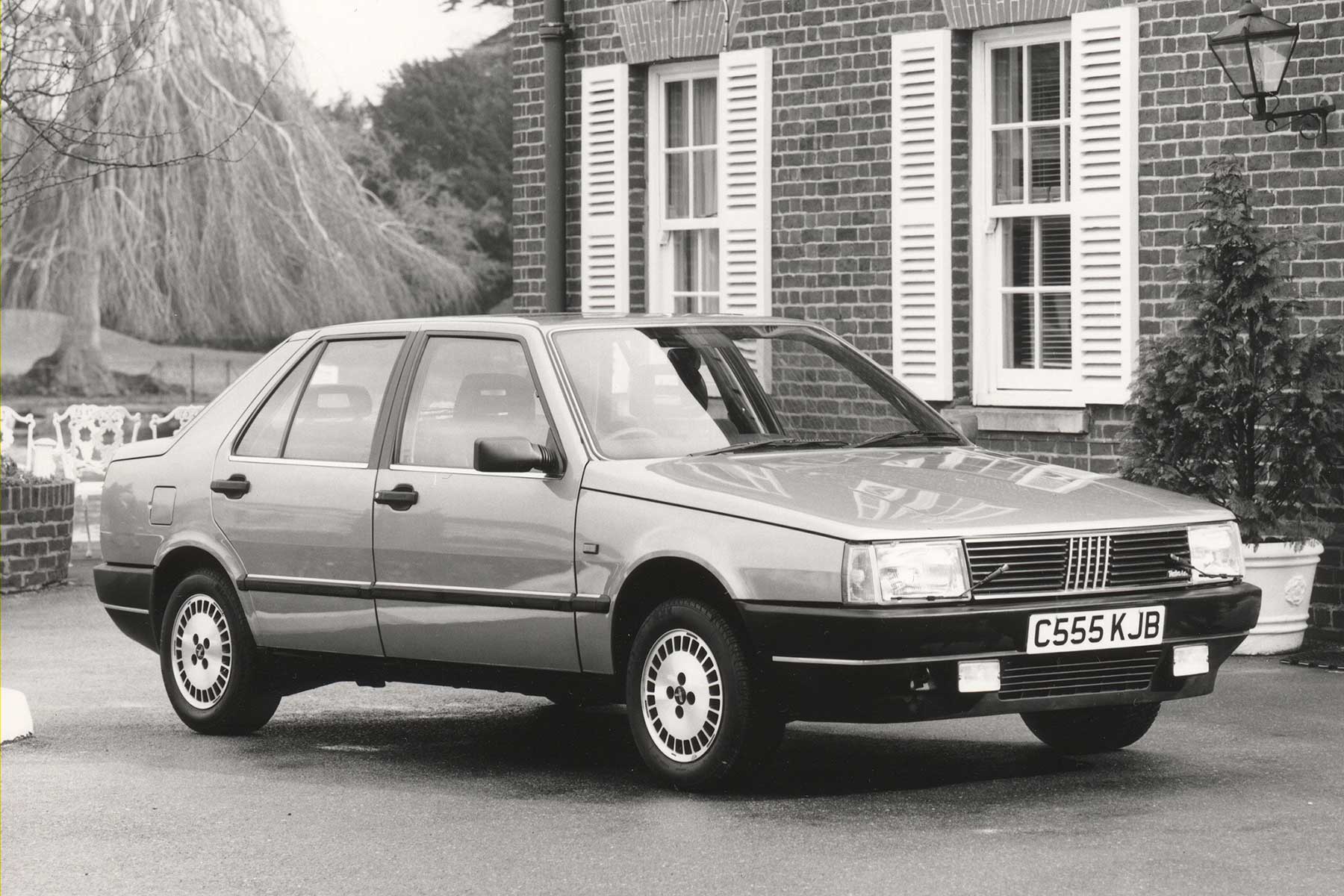
Besides echoing the Honda’s stellar sales career, the Croma also shared its proportions: the same high-mounted gearlever and a slightly elevated driving position. Despite the emphasis on functionality, the Fiat wasn’t especially versatile – its rear seats didn’t fold flat nor slide like they did in the Signum.
Still, the Croma was a pleasant enough device on motorways, easily housing four adults in enough quiet to allow them to muse on what Fiat was thinking of when it created this machine. It even handled decently well given its height, but bumps rippled at its occupants as emphatically as they had aboard the original Croma, if without the rattling accompaniment.
But if this big Fiat’s cabin plastics were clipped home more convincingly than two decades earlier, they were short of the tactile quality expected from a 21st century car.
Missing the point
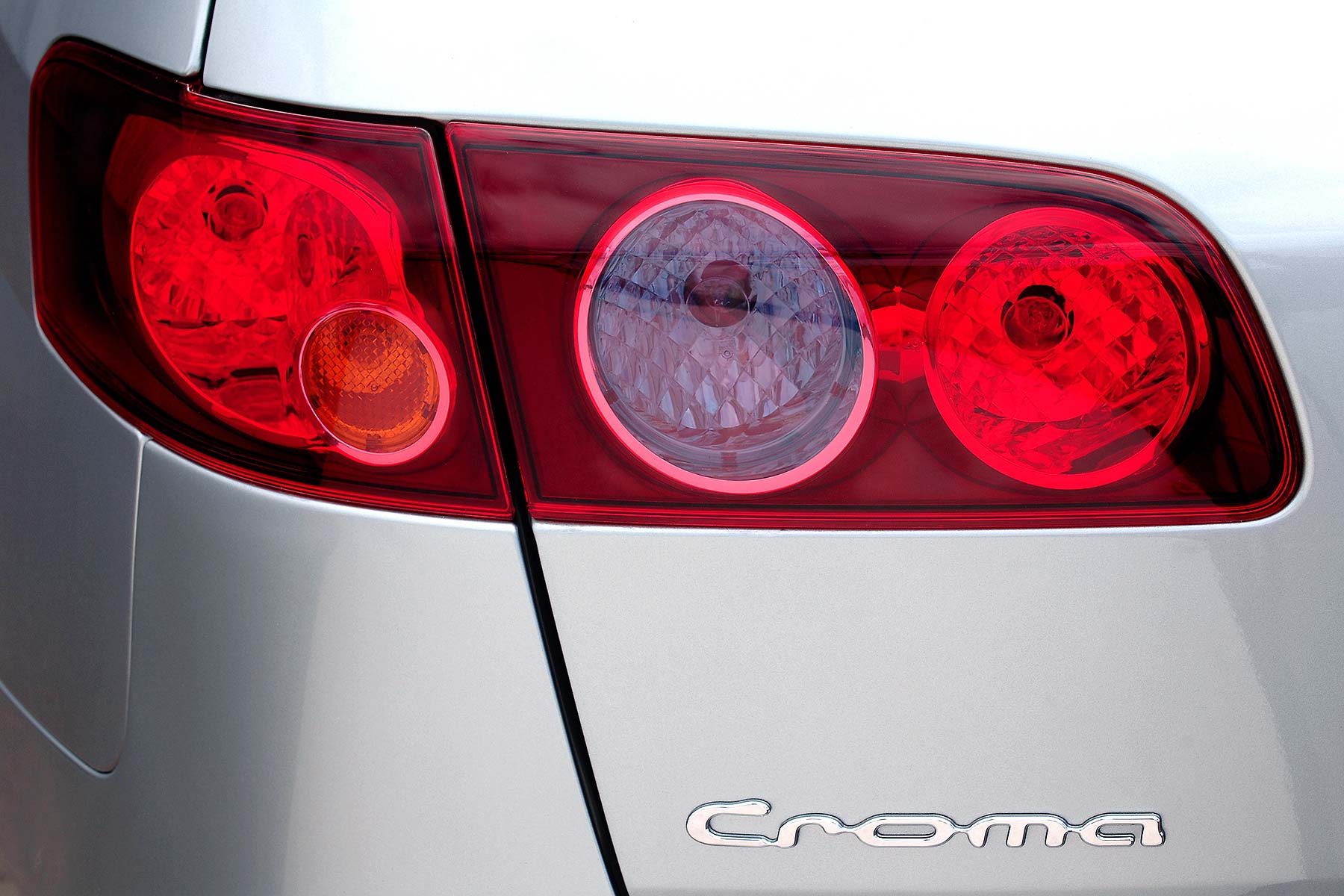
In fact, the Croma was short of quite a few things needed in a 21st century car, the most glaring of them the desirability that might have arrived had Fiat read the market better. Instead, it produced the wrong kind of crossover, which produced the wrong kind of sales. The Croma was withdrawn from the UK just two years into its life and four years before its demise in mainland Europe in 2011.
This time there was a speedier replacement, Fiat rebadging the Dodge Journey crossover from the Chrysler stable that it had acquired. The Journey was pretty ordinary, too – we got it only with Dodge badging – but at least it cost a whole heap less to develop into a Fiat.
ALSO READ:
Great Motoring Disasters: Fiat Stilo


